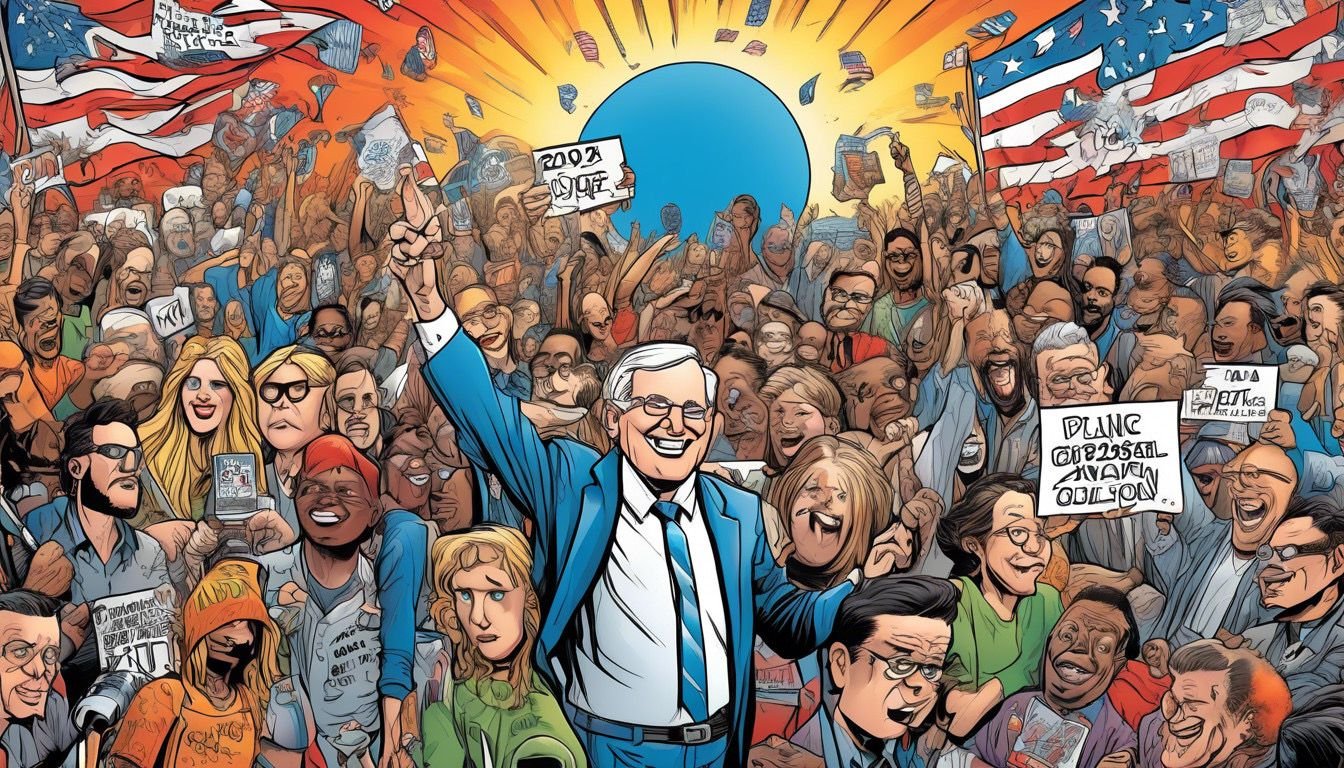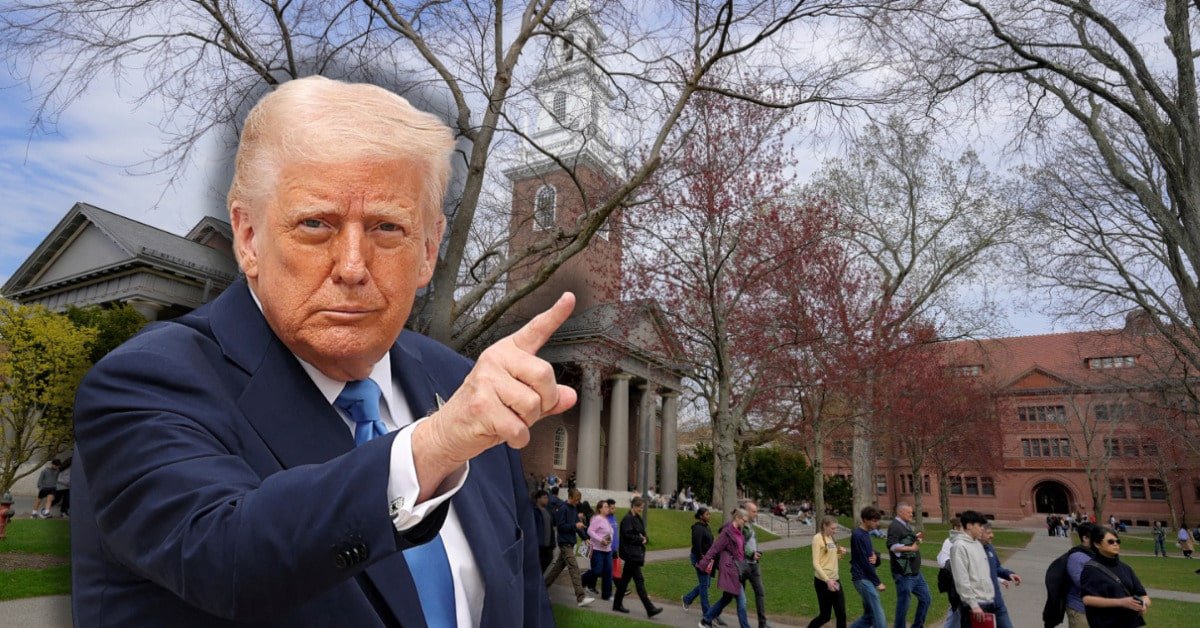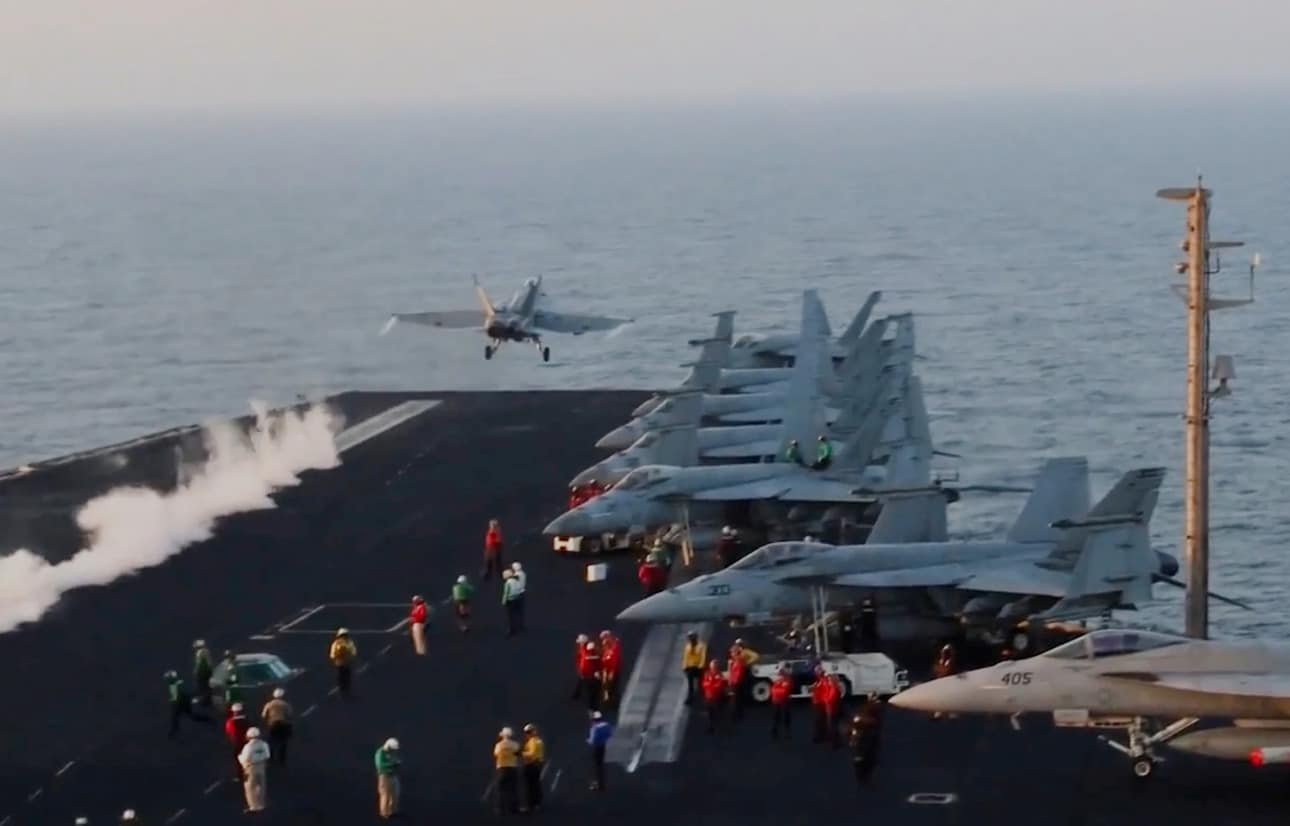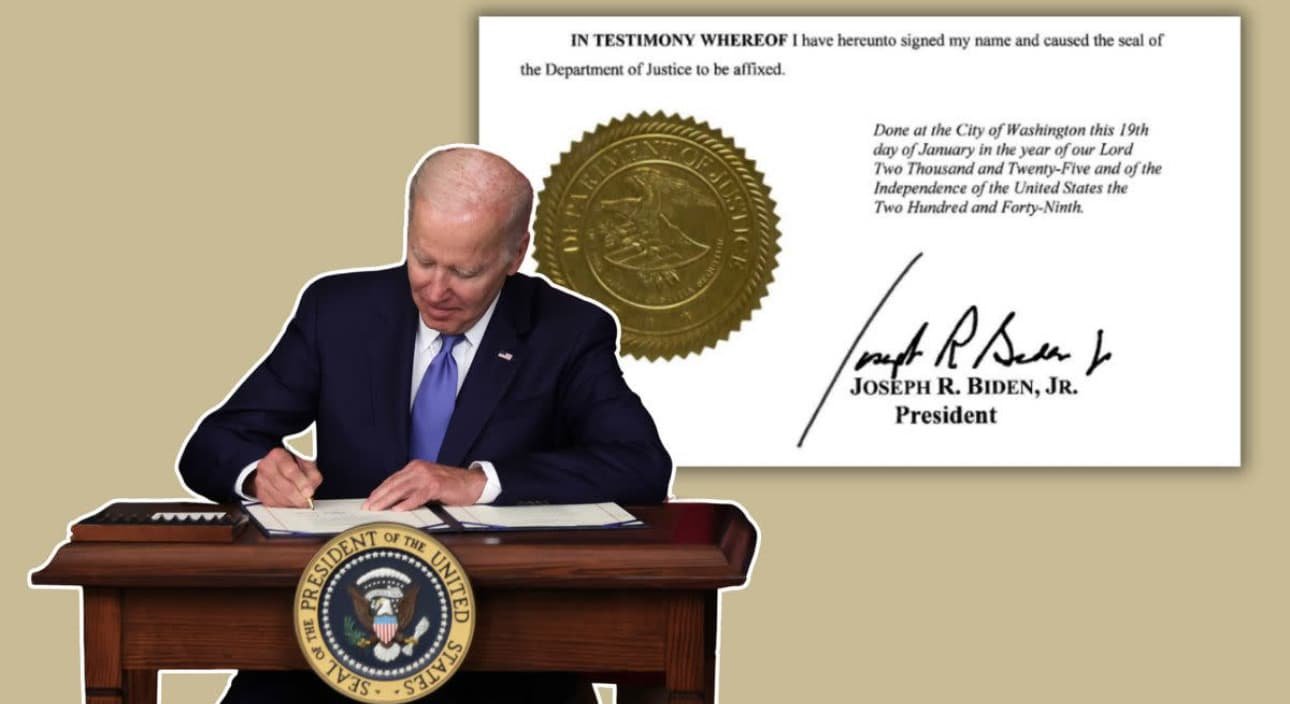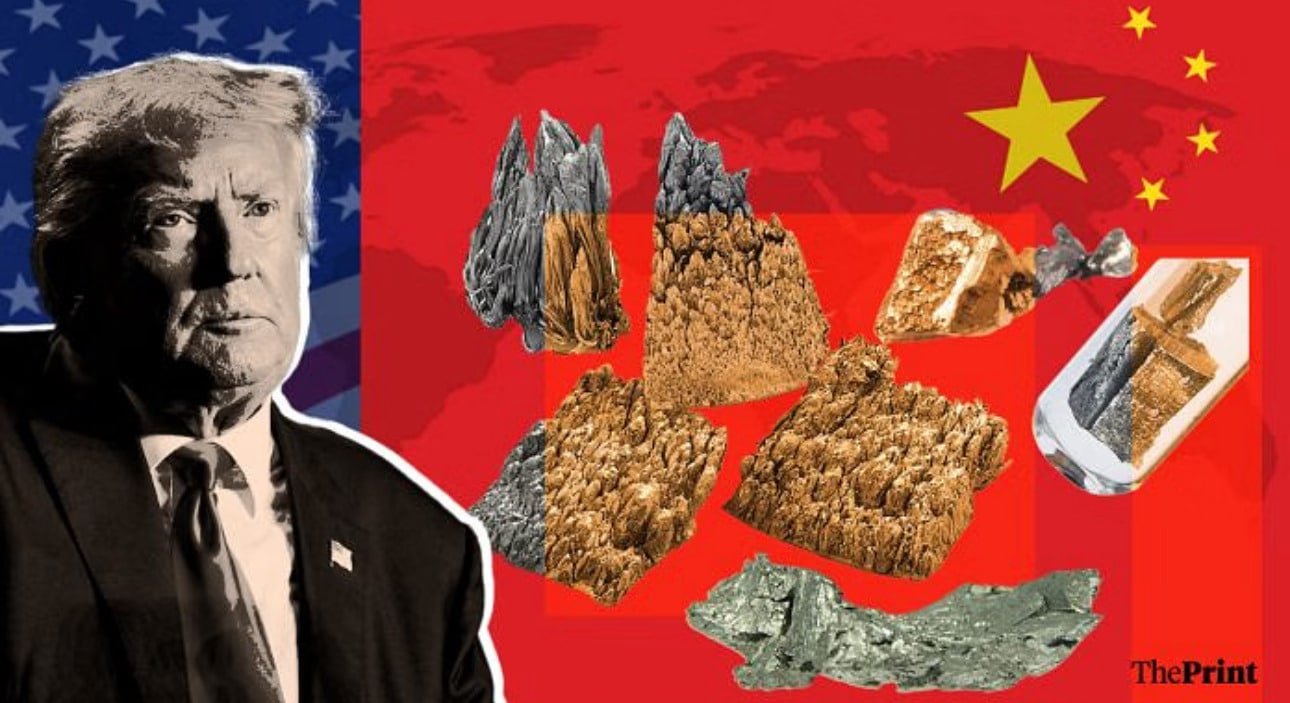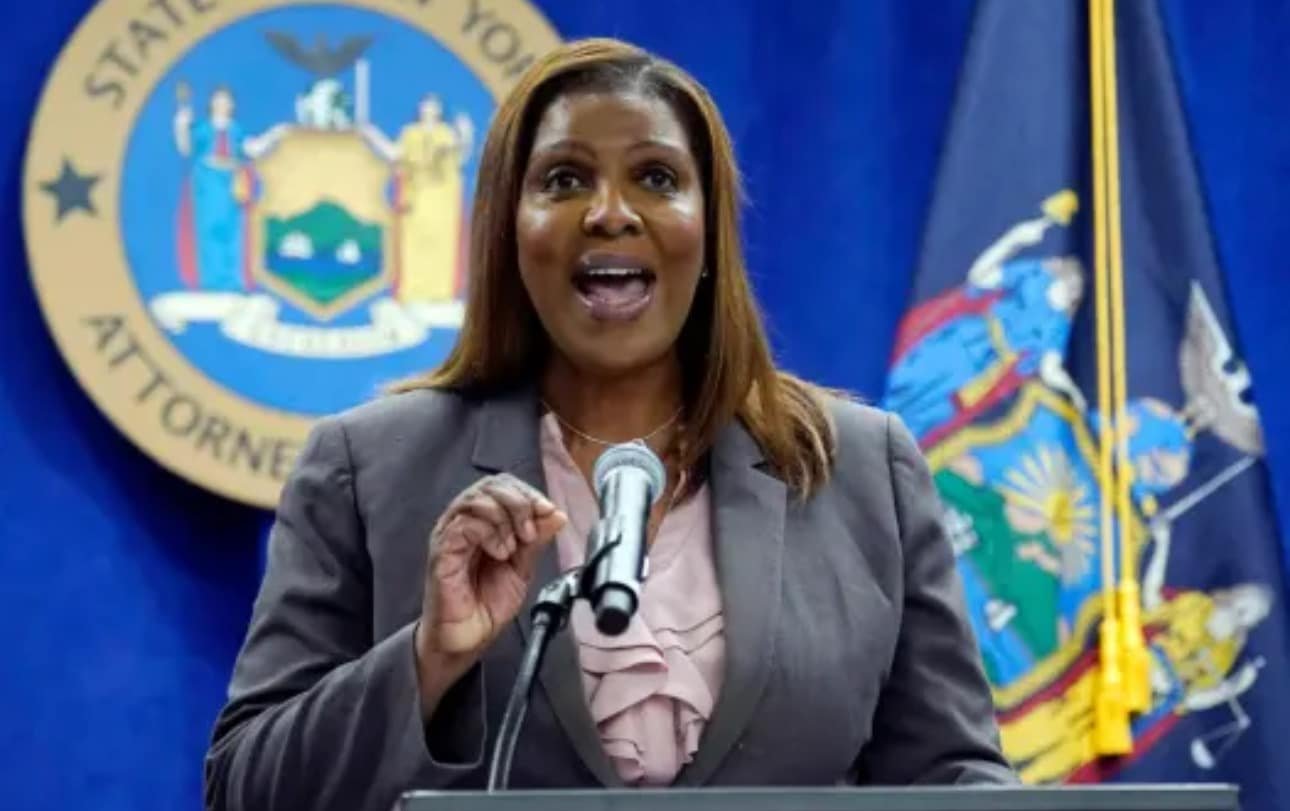The Power of Political Cartoons: Shaping Public Discourse
Political cartoons are more than just fun. They play a big role in shaping what we think and talk about. These illustrations, filled with humor and irony, have been a part of American history for a long time. They help us understand complex issues in a way that’s easy to get.
From Benjamin Franklin’s “Join or Die” to today’s digital cartoons, they keep us talking about important topics. They make us think about our values and beliefs. Political cartoons are a powerful tool for sparking conversations and influencing public opinion.
Key Takeaways
- Political cartoons have a long history of influencing public opinion and engaging audiences.
- This form of media influence utilizes humor and satire to critique political figures and societal norms.
- Cartoons translate complex political ideas into relatable visuals, fostering understanding and discussion.
- They play a significant role in social movements by spotlighting critical issues that demand attention.
- The evolution of political cartoons into the digital realm has expanded their reach and impact.
- Through caricature and imagery, these artworks encourage individuals to reflect on their civic responsibilities.
History of Political Cartoons
The history of political cartoons shows a long tradition of commentary and critique. It started in the 18th century. Artists then used satire to speak out against political figures and social injustices.
Visual art became a way to express dissent. It shaped public opinion in big ways.
Origins in the 18th Century
The start of political cartoons can be traced to early innovators. They set the stage for future artists. These illustrations were a step towards today’s editorial cartoons.
They reflected the society and struggles of their time. Simple yet powerful drawings captured political conversations. Artists used humor and visual metaphors to make complex issues easy to understand.
Influence of Pioneering Cartoonists
James Gillray and Thomas Nast were key figures in political satire. They used their talent to challenge the status quo. Their work entertained and educated, inspiring critical thinking about authority.
Gillray’s illustrations showed political figures in exaggerated ways. Nast’s caricatures, like his scathing portrayal of Tammany Hall, exposed corruption. These pioneering cartoonists turned political turmoil into striking images that deeply resonated with the public.
Evolution of Political Satire Over Time
As society evolved, so did political cartoons. The medium adopted new technologies and artistic styles. But its core of criticism and commentary stayed the same.
Today, political satire continues to shape public opinion and inform debates. It shows its lasting impact in our changing world. The journey from early illustrations to today’s dynamic political art highlights cartoons‘ vital role in our culture and politics.
The Role of Political Cartoons in Shaping Public Opinion
Political cartoons are a strong form of media that can engage and inform people on big issues. They use humor, satire, and pictures to share complex political messages clearly. Because they’re available online and in print, they can reach many people, helping shape public opinion.
Political Cartoons as a Form of Media Influence
Political cartoons offer sharp visual comments on the world of politics. They capture current events and values in a way that connects with people. By turning complex topics into simple images, they encourage viewers to think and talk about important issues.
How They Reflect Society’s Values and Issues
Political cartoons show what society values and worries about, acting as a gauge of public feelings. They tackle topics like government policies, cultural changes, and social movements. By looking at these cartoons, people can grasp the context and impact of political choices, helping them become more informed citizens.
How Political Cartoons Influence Public Opinion and Social Movements
Political cartoons are key in shaping public opinion and driving social movements. They use satire and simple visuals to make complex issues easy to understand. This makes them powerful tools for changing public views, using humor and critique to highlight social injustices.
Case Studies of Effective Political Cartoons
History shows some political cartoons have really made a difference. Thomas Nast’s work during the Civil War era exposed corruption and urged action. These cartoons gave a voice to the silent and challenged old beliefs.
Today, cartoons about climate change or government policies show their ongoing impact. They keep sparking conversations and inspiring people to act.
Specific Examples of Mobilizing Public Sentiment
Political cartoons have often moved people to take action. They’ve brought attention to human rights abuses and racism, starting big discussions and actions. Cartoons about authoritarianism have also sparked protests and advocacy.
These cartoons connect with people on an emotional level. They influence opinions and start movements across the country. Whether they highlight social issues or make us think, they deeply affect society.
Techniques Used in Political Cartoons
Political cartoons are known for their unique blend of art and social commentary. They use visual rhetoric and symbolism, along with caricature techniques. This mix creates pieces that not only show societal issues but also spark thought and conversation.
Visual Rhetoric and Symbolism
Visual rhetoric is key in political cartoons. The images chosen carry deep meaning, often using symbols that connect with viewers. Objects, colors, and settings are picked to strengthen the message.
For example, a burning flag might symbolize protest, while a balanced scale represents justice. These visuals help make complex ideas clear and interesting.
The Power of Caricature and Satire
Caricature techniques are vital in political cartoons. Cartoonists exaggerate traits or distort features to highlight the essence of their subjects. This exaggeration, mixed with satire, offers a sharp critique of politics and culture.
When people see these exaggerated images, they quickly understand the message. This leads to both laughter and deep thinking.
Strategies to Engage and Inform Audiences
Political cartoons use different strategies to grab and teach audiences. One common method is to tie into current events, making them timely and relevant. This approach captures public attention and starts conversations.
Combining humor with critique also makes people want to share and talk about the cartoons. This approach entertains and educates, making cartoons a key part of today’s discussions.
Conclusion
Political cartoons are more than just fun pictures. They are powerful tools for sharing opinions and influencing what people think. For centuries, they have shown what America stands for, helping us stay involved in our democracy.
These cartoons break down big political stories into easy-to-understand pictures. They help everyone join in on important discussions about our country’s big issues.
Political cartoons capture our shared experiences and victories. They remind us of the importance of freedom, speaking our minds, and staying informed. They push us to think and act, making us more active in our communities.
In today’s world, where there’s so much information, cartoons help us see things clearly. It’s our job to value this special way of sharing ideas. By doing this, we keep our democracy strong and our values alive for future generations.
FAQ
What are political cartoons and their significance?
Political cartoons are funny and satirical pictures about politics and social issues. They help shape public talk, show what we value, and start important discussions.
How do political cartoons influence public opinion?
Political cartoons use humor and satire to share complex ideas simply. They make big messages easy to understand and relate to. This way, they quickly connect with people’s opinions.
Who are some notable political cartoonists in history?
Famous cartoonists include William Hogarth, James Gillray, and Thomas Nast. They started using cartoons to comment on society and government. Their work is key to political satire.
What techniques do cartoonists use to engage audiences?
Cartoonists use visual tricks like symbolism and exaggeration. These methods make their messages clear and fun. This way, people remember and think about what they’ve seen.
How have political cartoons evolved over time?
Political cartoons have changed a lot, starting in the 18th century. They now tackle new issues and feelings. This keeps them relevant today, showing how culture and politics have changed.
Can political cartoons spur social movements?
Yes, cartoons can spark social movements. They can rally people against racism or dictatorship. They’ve always helped bring attention to wrongs and push for change.
Why are political cartoons important in a free society?
Cartoons are key in a free society because they help talk about politics. They show different views and encourage people to get involved. They comment on how we’re governed and the issues we face.

